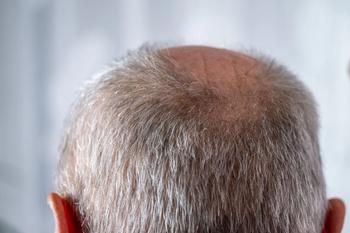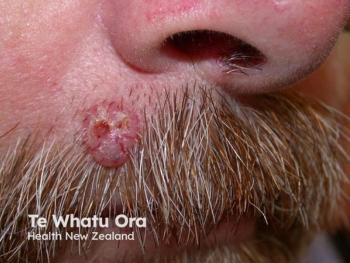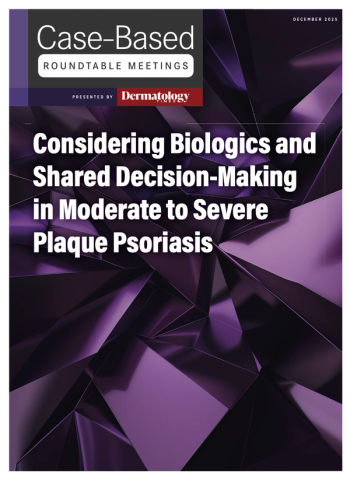
VALIANT Survey Shows High Rates of Depression in Patients with Vitiligo
Key Takeaways
- The VALIANT survey found 75% of vitiligo patients had depressive symptoms, with 25% having a formal depression diagnosis.
- Younger patients and those with extensive vitiligo or Fitzpatrick skin types IV–VI had higher depression rates.
The VALIANT survey uncovers alarming depression rates in vitiligo patients, highlighting the urgent need for improved mental health screenings and interventions.
Data from the global Vitiligo and Life Impact Among International Communities (VALIANT) survey has revealed high rates of depression and depressive symptoms in patients with vitiligo.1 About 75% of surveyed patients had symptoms of depression. In past research, depression had been reported in up to 62% of patients with vitiligo.2
The cross-sectional, population-based online survey, which was developed by Envision Health Partners and Incyte Corporation, featured 3,541 patients from across 17 countries. Investigators collected information on demographics, disease severity, mental health diagnoses, and depressive symptoms. Measurement tools such as the Patient Health Questionnaire–Depression screener (PHQ-9) and the validated Self-Assessment Vitiligo Extent Score were utilized.
Overall, patients in the VALIANT study reported clinically diagnosed depression at higher rates compared to the general population (3.4%).3 Approximately 75% of patients had depressive symptoms with a PHQ-9 score of ≥ 5, while 55% reported moderate-to-severe symptoms with a PHQ-9 score of ≥ 10). Nearly 25% had a formal diagnosis of depression and 78.1% were actively receiving treatment at the time of the survey. Of those without a clinical diagnosis, 69.3% had depressive symptoms
These rates were higher in younger patients (18 to 54 years) with >5% body surface area affected by vitiligo, specifically on the hands or face. Those with Fitzpatrick skin types IV–VI and those who are receiving care for their mental health also had higher rates of a depression diagnosis (all p < 0.0001). Symptoms of moderate-to-severe depression were more common in surveyors with shorter disease duration of ≤2 years compared to 3–9 and ≥10 years (p < 0.01). However, there was no significant difference in rates of diagnosed depression based on disease duration.
Because this was an online survey, there may be several limitations regarding self-assessment and self-reported information, along with the potential for selection and recall bias. These may lead to subjectivity or inaccuracies in the data set. These results demonstrate that depression may be underdiagnosed in this patient population, emphasizing the need for routine depression screenings and interventions to reduce disease burden.
“Depression may be common but often undiagnosed among patients with vitiligo, reinforcing the importance of an improved and multifaceted approach to vitiligo management,” the authors concluded
References
1. Ezzedine K, Parsad D, Harris JE, et al. Depression and depressive symptoms among people living with vitiligo: findings from the cross-sectional, population-based global VALIANT survey. J Dermatolog Treat. 2025;36(1):2504082. doi:10.1080/09546634.2025.2504082
2. Ezzedine K, Eleftheriadou V, Jones H, et al. Psychosocial Effects of Vitiligo: A Systematic Literature Review. Am J Clin Dermatol. 2021;22(6):757-774. doi:10.1007/s40257-021-00631-6
3. GBD 2019 Mental Disorders Collaborators. Global, regional, and national burden of 12 mental disorders in 204 countries and territories, 1990-2019: a systematic analysis for the Global Burden of Disease Study 2019. Lancet Psychiatry. 2022;9(2):137-150. doi:10.1016/S2215-0366(21)00395-3
4. Yan MJ, Johnsen N, Chou PP, et al. Exploring depression risk in vitiligo across racial and ethnic groups. Poster presented at: Society for Investigative Dermatology Annual Meeting; San Diego, California; May 7-10, 2025
Newsletter
Like what you’re reading? Subscribe to Dermatology Times for weekly updates on therapies, innovations, and real-world practice tips.


















